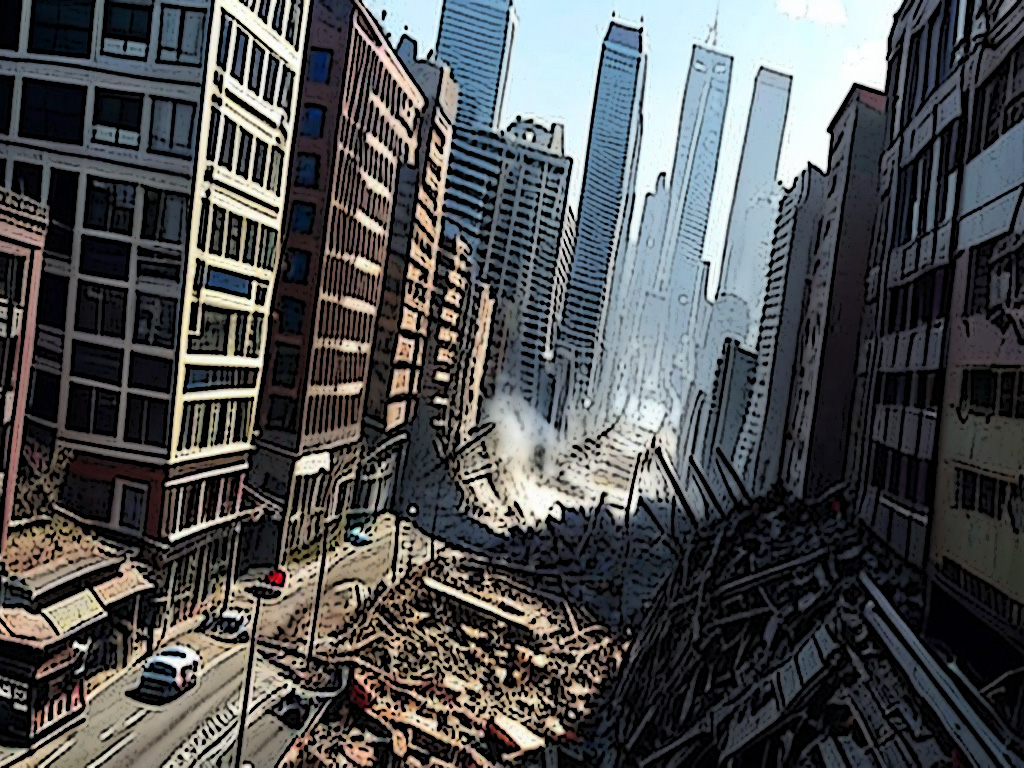
Earthquakes: three seismic events that struck the world
The devastating consequences of three natural events in India, Russia and Sumatra
When the earth shakes, there are very few places that offer fair security. These are usually the open spaces, unless you are always in a valley at risk of landslides. In other cases, it is a good idea to seek protection within suitable structures, or if one’s own home in which one finds oneself is sufficiently protected. But in certain cases, one must always hope for the best. This is what earthquake victims have gone through and had to endure.
After recalling three of the worst earthquakes of our recent times, let us see what are three more of the world’s worst known examples.
India, magnitude 8.6
Occurring in 2012, this earthquake is best remembered for the effects it had on the sea, in effect causing a tidal wave. Many of the domino-effect consequences that occurred from that tidal wave are still considered unique today, but no less devastating than expected. What really caused the most deaths was panic: of the 10 dead and 12 injured, most are now dead from heart attacks. The Tsunami emergency procedures, which were called off immediately afterwards, were therefore changed to something else entirely.
Russia, magnitude 9.0
In 1952, Russia experienced a particular earthquake that had its greatest effect in Kamchatka, near the coast of the region. This naturally created a 15 metre high Tsunami and created immense damage to all the islands and places affected by the incredible wave. There were at least 15,000 deaths and numerous injuries – as well as considerable economic damage. Tsunamis also hit other regions of the world, such as Peru and Chile, but only caused economic damage. It was a very difficult time for Russia, as it could not even intervene with an adequate rescue vehicle.
Sumatra, magnitude 9.1
Another particular earthquake that occurred in Indian areas is the one in Sumatra, which happened during 2004. The reason why this earthquake was seen as special is its intensity: it started at 9.1, dropped to 8.3 and continued to shake the earth under this force for a good 10 minutes. It is noted that the power of this earthquake was 550 million times as powerful as an atomic bomb, creating 30 metre high tsunamis that proceeded to cause further damage. In total, more than 250,000 deaths were counted – both directly in India and also in the other nations that received the huge tsunami. Every ambulance from the states present was engaged during that time.
Post-earthquake Rescue Work
The indomitable spirit and unparalleled courage of rescue workers often shine like a beacon in tragedy, especially in the desperate moments following an earthquake. These men and women, often volunteers, embody the true essence of human solidarity and altruism, risking their own lives to save those of others.
After an earthquake, rescue workers are often the first to enter scenes of devastating desolation, acting with promptness and determination. They are not only dedicated to recovering and rescuing victims, but also to providing the psychological and moral support that is indispensable in such circumstances. With skilled hands and hardened hearts, they represent hope amidst the rubble, a symbol of resilience and humanity.
Their intervention, at once structured and imbued with deep empathy, often makes the difference between life and death in critical situations. Rescuers operate in organised chaos, amidst dangers, aftershocks, and extreme conditions, always with a smile and calm ready to reassure those who have been victims of the earthquake.
That is why, celebrating and supporting the indomitable spirit of the rescuers is crucial. They remind us that, even in times of the greatest despair, humanity, solidarity and compassion endure, triumphing amidst the ruins.
What can one say except: let’s hope we don’t see such tragedies happen anytime soon? After all, earthquakes are unfortunately part of our planet’s existence, so all we can do is try to predict their arrival.


